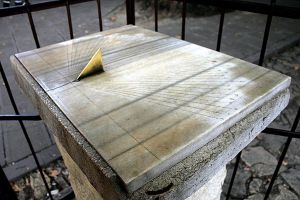The Saffron House
The Saffron House
Saffron houses were built by wealthy Turks living in the area. 18 and 19. And these houses, which have the texture of a 19th-century Ottoman city, have been listed as a World Cultural Heritage by UNESCO for their rich human heritage, as well as their environmental texture and great success in preserving them.008 pieces have been registered and legally protected. These houses, which have the texture of a century-old Ottoman city, have been listed by UNESCO as a World Cultural Heritage Site in terms of their rich human heritage, as well as their environmental texture and great success in preserving them. 1,008 historic Saffron houses have been registered and legally protected. 008 has been registered and placed under legal protection. In addition, at the head of the registered houses there is 1 private museum 5 shrines 8 historical fountains 25 mosques 5 baths 3 han 1 historical clock tower and a sun. Apart from these, historical bridges are located in rock tombs and mounds. The most distinctive feature of these houses, which are usually two or three stories high, is that they do not block each other's sun and view, and the windows do not face each other.
The construction of the houses consists of wood, brick, stone and Alaturka tiles. Other notable features of the houses include the presence of harem and greeting sections, separate door locks for women and men, and separate toilets and bathrooms in each room. The houses are designed to suit the large family structure and are usually built with 6 and 8 rooms. These houses, whose architectural structure is almost the same, are located in three separate sections in the region: the first is called the city and is used as a winter shelter, the second is known as gardens and is used as a summer shelter, and the third is the Greek-Orthodox houses in Kıranköy. The houses in these three settlements are also structured due to cultural, climatic and religious differences.
The streets are built with stones. These houses, which give many insights into the Ottoman way of life, are also earthquake-resistant. Some of these houses serve as restaurants and hotels. Walking the streets between the houses, recognizing this cultural heritage, will shed light on our culture. This time-traveling historical city attracts an average of 300,000 to 1,000 tourists a year, including day-trippers. One thousand. Between 1,000,000 tourists are coming. Thousands of tourists come. It's a different pleasure to climb to the top of the cliff and watch their houses. You can also go to the city history museum and watch the city from here.







Değerlendirmeler